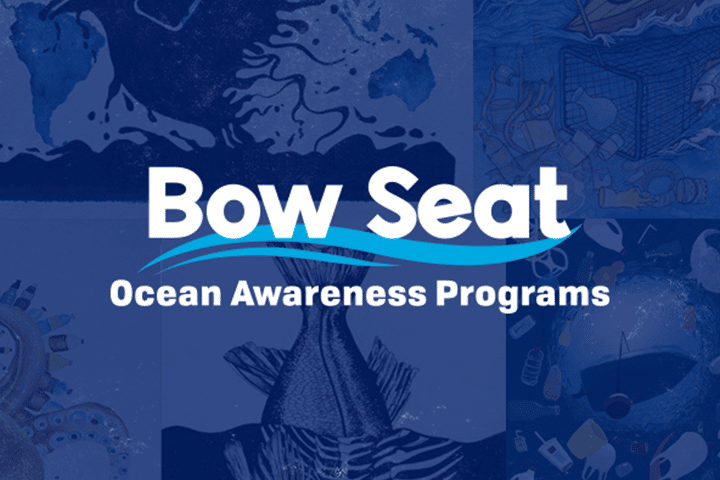
Tiny Giants (We’re Looking at Plankton)
February 1, 2015Did you know that phytoplankton create half of the oxygen in our atmosphere? That essentially means the second breath you took made possible by algae, diatoms, dinoflagellates, and all sorts of other microscopic ocean plants. You thought rainforests were important? Well, these Tiny Giants are essentially the reason that life on earth exists at all.

Inhale, exhale – that oxygen was from trees, grass, forests, and moss.
Inhale, exhale – that oxygen was from phytoplankton.
That’s why FTBS Founder and Director Linda Cabot helped sponsor an art show last month called Tiny Giants, featuring enormous prints of these teeny, tiny plants that make our oceans and earth able to support life. The gallery was set up for a one-night event on January 15, but the art lives on in the homes of many plankton-lovers who bought the artwork.
To get the images, a team of artists and scientists from Bigelow Laboratories in Maine and the New England Aquarium zoomed way in on their microscopes and snapped photos of plankton just like any wildlife photographer. Some were of common plankton like copepods (the inspiration for the character “Plankton” on Spongebob) and some images were of completely unknown species. The final images were as stunning as something out of Natural Geographic. The huge prints filled the walls and hung from the ceiling, and gave visitors a glimpse into the microscopic world of plankton.
To better understand the importance of plankton, guests enjoyed dinner and drinks while the Director of Bigelow Labs Graham Shimmield and the New England Aquarium Director Nigella Hillgarth gave lectures on the food web, climate change, and other ways that plankton influence the planet.
FTBS Program Manager Ellen Bechtel (right) takes oceanography student and FTBS friend Simona Clausnitzer (left) by surprise with a selfie in front of a diatom. Diatoms are an algae, and are one of the most common types of phytoplankton.
“These ARE life!” said FTBS friend Simona Clausnitzer in front of the diatom. “And not just because algae was the first form of life on earth. If you think about it, an alien dropping onto Earth would probably land in the ocean since it covers 70% of Earth’s surface. And in the ocean, that the alien would encounter plankton like this before any other form of life. It would see so many plankton and so many creatures relying on plankton that the alien might think ‘Wow, these plankton must be the dominant life on this new planet.’ “



